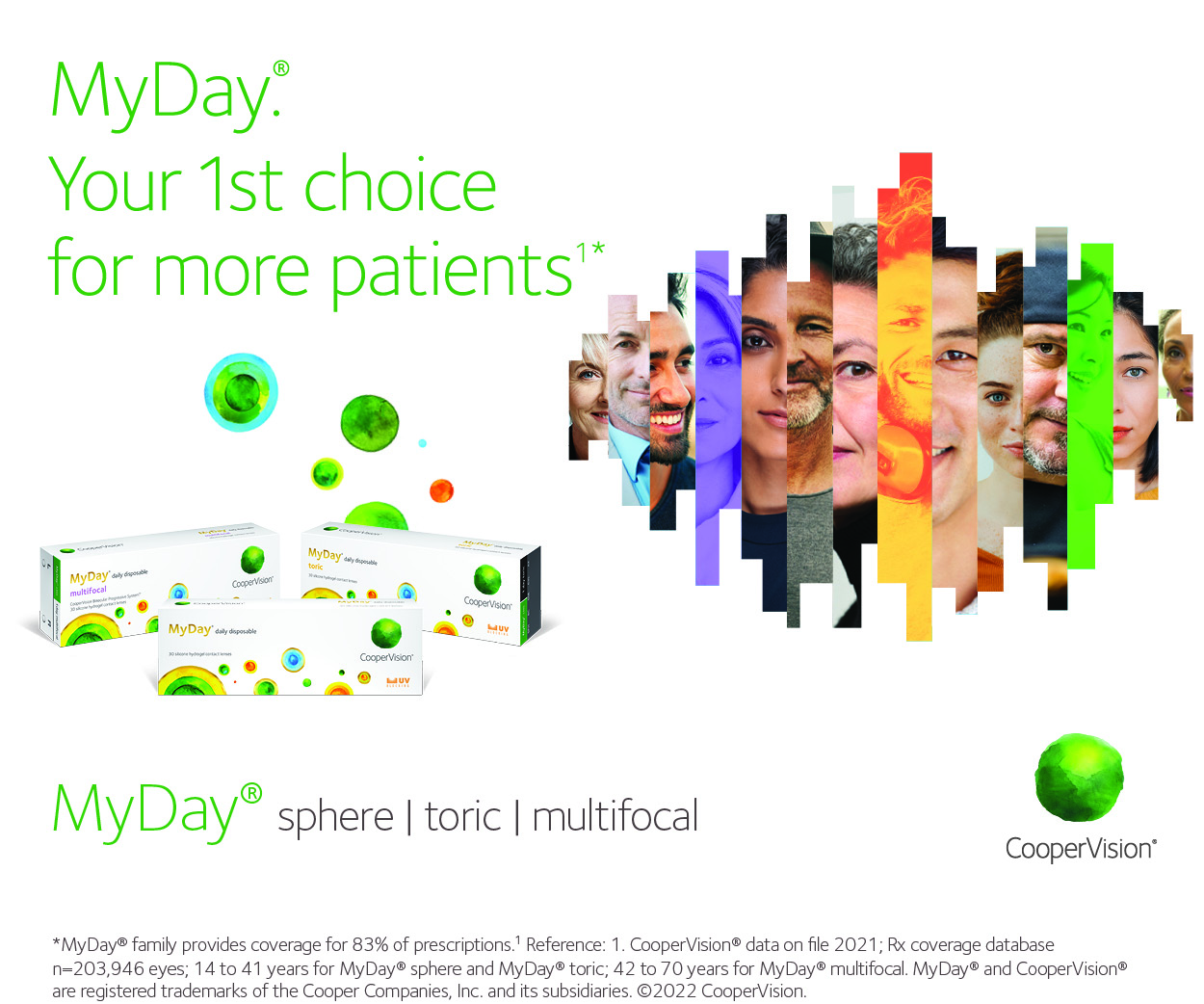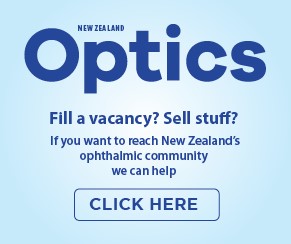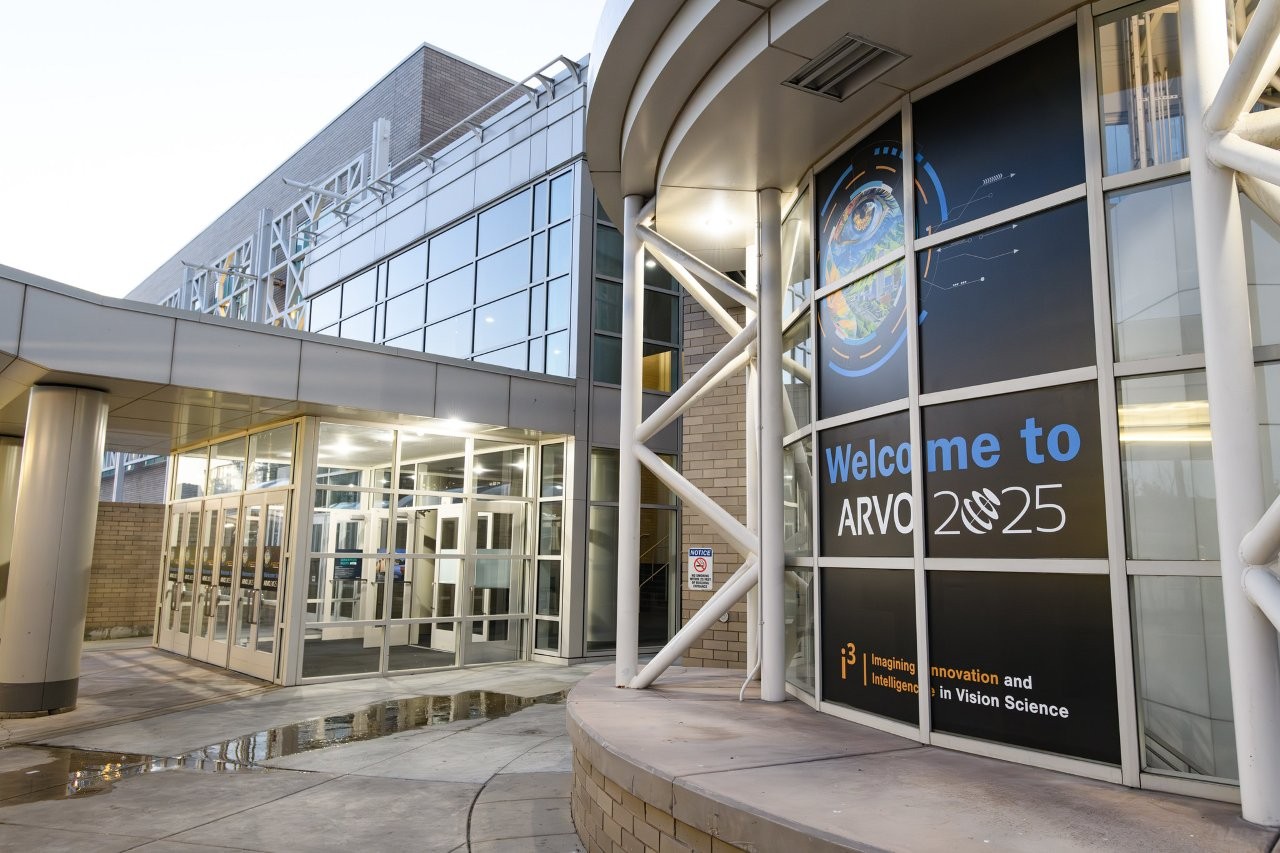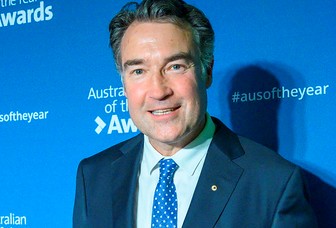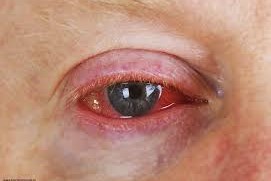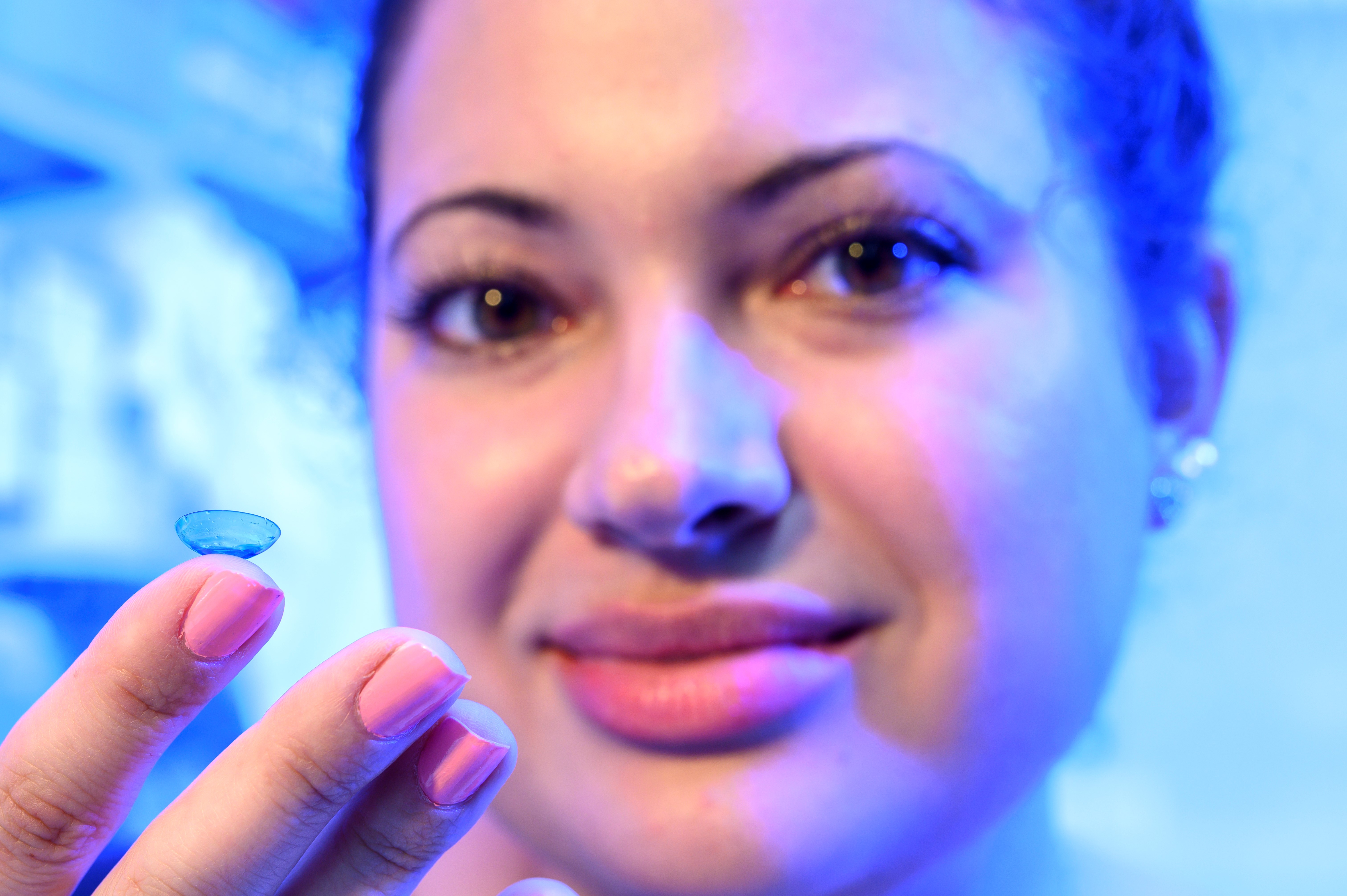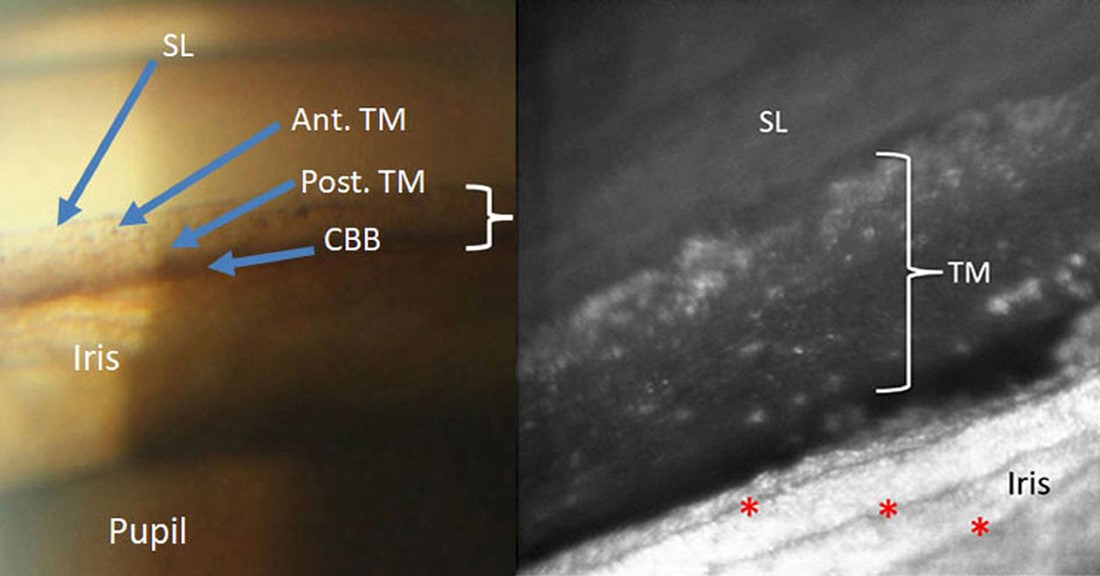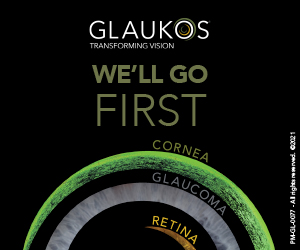ARVO: the latest in ophthalmic research
The theme for this year’s Association for Research in Vision and Ophthalmology (ARVO) annual meeting was ‘i3: imagining innovation and intelligence in vision science’. Having anticipated another stimulating week of learning about the latest research, connecting with global colleagues and developing new ideas for collaborations, I was not disappointed. Of the 10,000 attendees from around the world, 60% of them were from the US. For these colleagues, a cloud of anxiety overshadowed the meeting, with them anticipating a potential 40% reduction in grant funding.
Utah’s Salt Lake City is surrounded by stunning snow-capped mountains reminiscent of Queenstown. The Mormon-founded city lies in a valley with a fascinating history, grand church buildings and the nearby famous salt flats and ski fields. When the talks had finished for the day and socialising began in earnest, with some of the country’s strictest alcohol laws, even professors had to produce their passports to prove their age!

ARVO 2025 delegates visiting Salt Lake City's salt flats
The intensive programme combined symposiums, paper sessions, posters and award lectures. Many additional career-development programmes were also available, including small group ‘Breakfast with a Mentor’ meetings and ‘Women in Eye and Vision Research (WEAVR)’ luncheons and mentoring sessions. Here, I summarise a selection of interesting presentations from around the globe, but begin with an accolade won closer to home.
The Centre for Eye Research Australia’s Professor Alex Hewitt received the Cogan Award for Genomic-led treatment paradigms for glaucoma. He presented his data investigating the complex inheritance of primary open-angle glaucoma (POAG), which in most patients is inherited by the summation of hundreds of common variants. Prof Hewitt and his colleagues developed a polygenic risk score for POAG that can predict disease risk and the need for treatment escalation. Prospective validation studies are in progress to ensure the tool has clinical relevance at an individual level. In understanding the underlying genetics in detail, novel therapeutic targets may also be found, he said.

Australia’s Prof Alex Hewitt giving the Cogan Award Lecture on ‘Genomic-led treatment paradigms for glaucoma’. Credit: ARVO
Saving sight in Batten disease
The neuronal ceroid lipofuscinoses are fatal paediatric conditions that cause seizures, vision loss and neurodegenerative decline. The ophthalmic phenotype has been described in natural history studies (the importance of these in helping understand how conditions present and progress to enable robust endpoints in trials was a general theme of the conference). It presents symmetrically, with a rapidly progressive macular atrophy that starts perifoveally then extends, leading to complete vision loss in an average of 22 months.
For one of the subtypes related to recessive variants in CLN2, a gene therapy is in trial both for the neurological and retinal disease. Dr Rob Henderson from Great Ormond Street Hospital, London presented the initial results from six children treated with subretinal injections of gene therapy using a viral vector via vitrectomy. Inferior subretinal blebs were created in areas of healthy retina identified by intraoperative OCT. Transfection of the retina produced functioning enzyme for the whole retina, with measurable levels proven by aqueous analysis. One eye only was treated, with a striking difference in macular atrophy identified between the two at 12 months.
Restoring central vision in geographic atrophy
Many options are in development for treating and preventing dry macular atrophy due to dry age-related macular degeneration. Cell replacement or prosthetic implants aim to restore vision in advanced geographic atrophy. Professor Daniel Palankar from Stanford University presented on a trial of the Prima prosthetic implant in 38 patients. The device works via a glasses-mounted camera to capture visual information that is processed and transmitted using 880nm light (thus avoiding the visual spectrum and potential visual confusion) to a 2x2mm subretinal implant with a 100mm pixel size. Both the replaced central and the patient’s own peripheral vision could be simultaneously perceived. Central acuity corresponded to 20/420 but with patient-controlled magnification 20/63 could be achieved, enabling reading. Prof Planakar said the next iterations will improve acuity to 20/80 before magnification enhances this further.

ARVO trustee Prof Matthew Wilson from the University of Tennessee presenting at the 2025 ARVO meeting in Utah. Credit: ARVO
Gene therapy for wet AMD
Dr Dante Pieramici, California Retina Consultants, presented on the phase 2 Luna trial of a single intravitreal injection of a gene therapy ixoberogene soroparvovec (ixo-vec), which transfects the retina leading to endogenous production of anti-VEGF. The 60 enrolled patients had all shown a response to aflibercept, with an average of 10.1 injections in the prior year. This study investigated safety, optimal dosage and optimal corticosteroid immunosuppression regime over 12 months. More than half of ixo-vec-treated patients did not require supplemental aflibercept following a single injection. A phase 3 Artemis non-inferiority trial is now underway to directly compare this gene therapy with aflibercept, with corticosteroid immunosuppression being given topically for six months.
Treating vision loss in LHON
The University of Cambridge’s Professor Patrick Yu-Wai-Man discussed five-year gene therapy outcomes for Leber hereditary optic neuropathy (LHON). An intravitreal injection treats the m.11778G>A MT-ND4 variant responsible for 70% of LHON cases. Visual improvement for patients treated within one year of onset were sustained at five years, he said. Further studies are now in progress, including a prospective randomised trial, which will compare outcomes of bilateral treatment for patients presenting within 18 months of onset of vision loss compared with a group given bilateral placebo injection. Other studies are investigating the efficacy of treatment for patients up to five years after onset of vision loss, which are based on real-world studies suggesting effectiveness.
Reversing schitic cavities in X-linked retinoschisis
Presenting on a gene therapy for X-linked retinoschisis was Oregon’s Dr Lesley Everett. She discussed preliminary trial data from nine patients for whom the worse-seeing eye was treated with an extra-macular subretinal gene therapy encoding RS1. At three months, seven of nine patients had marked improvement, with resolution of the schitic cavities in the treated eye, improved microperimetry and improved visual acuity. A dose-expansion study, including paediatric patients, is now planned.

Dr Sarah Hull with her poster at ARVO 2025
Dr Sarah Hull is a senior medical officer specialising in genetics and paediatrics/strabismus, consulting at Greenlane Clinical Centre and Auckland Eye. She is also a senior lecturer at the University of Auckland.





